How is Sea Glass Formed?
Sea glass, also known as beach glass, is a beautiful and mysterious product of the ocean. But how exactly how is sea glass formed?
Formation Process
Sea glass starts its journey as ordinary glass discarded by humans. Over time, this glass finds its way into the ocean, where it undergoes a remarkable transformation.
Trash finds its way into the ocean through various pathways, both intentional and unintentional. Here are some common ways trash enters the ocean:
1. Direct dumping: Trash is often intentionally dumped into water bodies by individuals, industries, or ships. In many countries direct dumping was common years ago. In the USA, this resulted in what are many good spots for seaglassing, such as Fort Bragg, California; McGurdy Point, Washington; and Seaside Beach, California. Illegal dumping continues, though, as the photo below shows below the bluffs on a beach in the state of Washington.
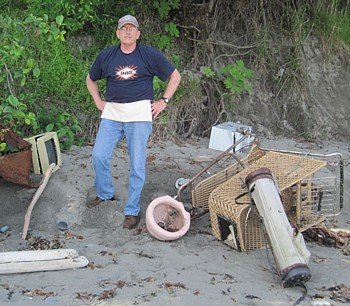
Although direct dumping into the ocean has long been illegal in the United States, many other countries continue to turn a blind eye to this practice. For example, here is a photo of a dumptruck dumping trash directly onto the shore in an area called Buenos Aires, Peru near where we used to live.
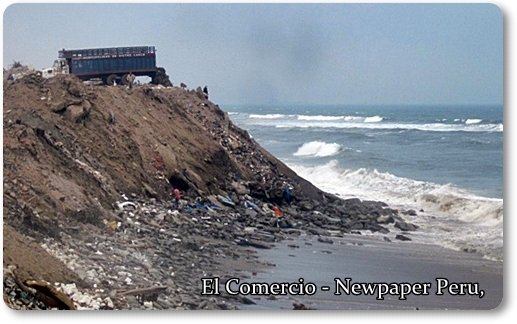
Direct dumping at times included glass from glassworks. In fact, the best multicolored sea glass is found where end-of-day glass from factories was dumped into the sea. An excellent example of this is Seaham Beach. Seaham, a coastal town in County Durham, England, was once the site of a Victorian-era glassworks factory. During the late 19th and early 20th centuries, waste glass from the factory was dumped almost daily directly into the North Sea.
2. Stormwater runoff: Trash on land, including glass, can be swept down gullies and into the ocean during heavy rainfall or flooding events. This is the case at Davenport Beach, California, where a glass worker had dumped his end-of-day glass into a gully. The photo below is some of the beach glass collected by our son at Davenport Beach.
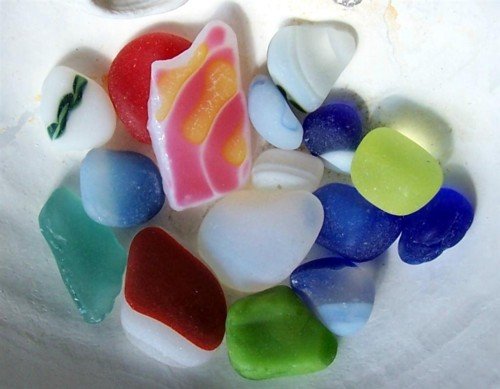
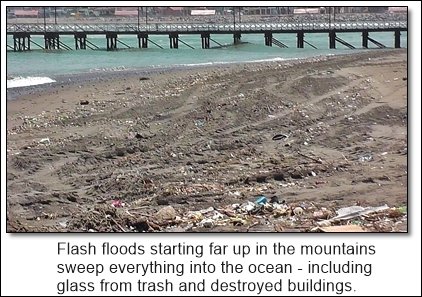
3. Improper waste disposal: Improper disposal of waste, such as littering on beaches, can result in glass ending up in the ocean.
4. Marine activities may contribute a very small amount of the beach glass along shores as a result of direct dumping or shipwrecks.
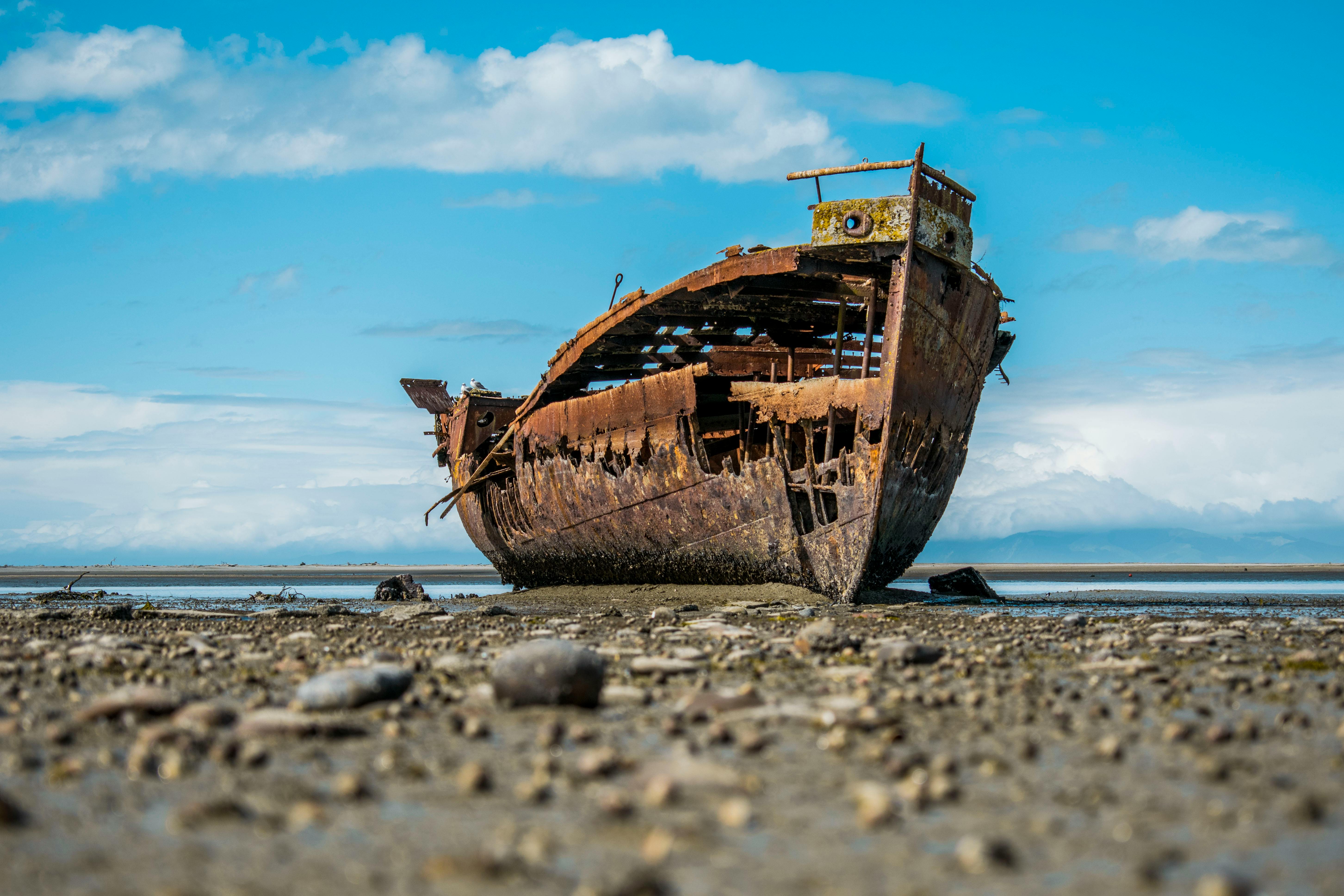
How is sea glass formed after it arrives on the beach? The process of sea glass formation typically takes several decades to hundreds of years. During this time, the glass is tumbled and smoothed by the action of waves, sand, and rocks. This constant abrasion wears away sharp edges and frosts the surface of the glass, giving it a distinctive and attractive appearance.
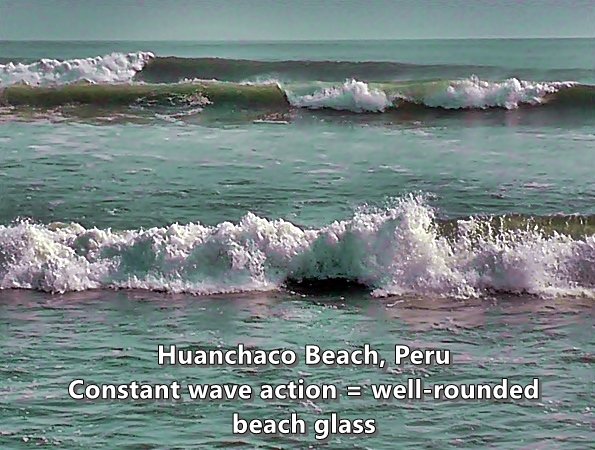
Natural Weathering
As the glass spends time in the salty ocean water, it is subjected to natural weathering processes. This includes exposure to salt, sunlight, and various minerals present in the water. These elements gradually alter the chemical composition of the glass, contributing to its unique coloration and texture.
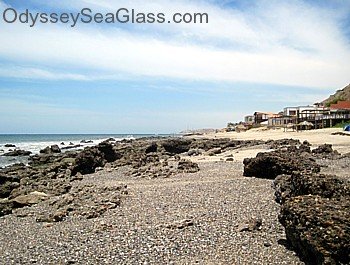
Factors Influencing Sea Glass Formation
Several factors influence the formation of sea glass, including:
- The type of glass: Certain types of glass, such as bottles and jars, are more commonly found as sea glass due to their durability and prevalence.
- The location: Sea glass is often found along coastlines where there has been human activity, such as beaches near old dumping sites or areas with a history of maritime traffic.
- The duration of exposure: The longer glass remains in the ocean, the more weathered and polished it becomes.
How is Sea Glass Formed - Conclusion
Sea glass is a fascinating reminder of the interplay between human activity and the forces of nature. Its formation is a testament to the resilience of glass and the transformative power of the ocean.

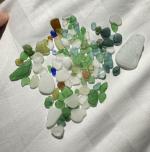

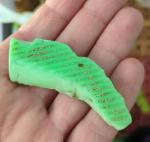
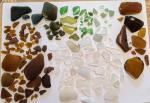
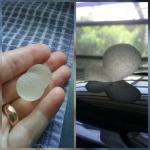


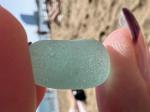
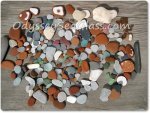
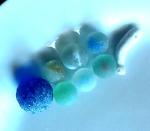
Comments!
We love receiving your comments, but please read the notes below before posting. Thank you!NOTES:
All comments are moderated. If you leave the page you won't see your comment until it is approved.
Select the "Post to Facebook" check box to be notified on FB when a reply has been posted.
If you scan the previous comments you may find an answer to your question. Click the "View X more" link at the bottom (if visible) to see all comments.
Photos - If you would like to include a photo, please use our Photo Forums.
Questions - If you have a question, it may already be answered. Please tap or click here to search of our site first.